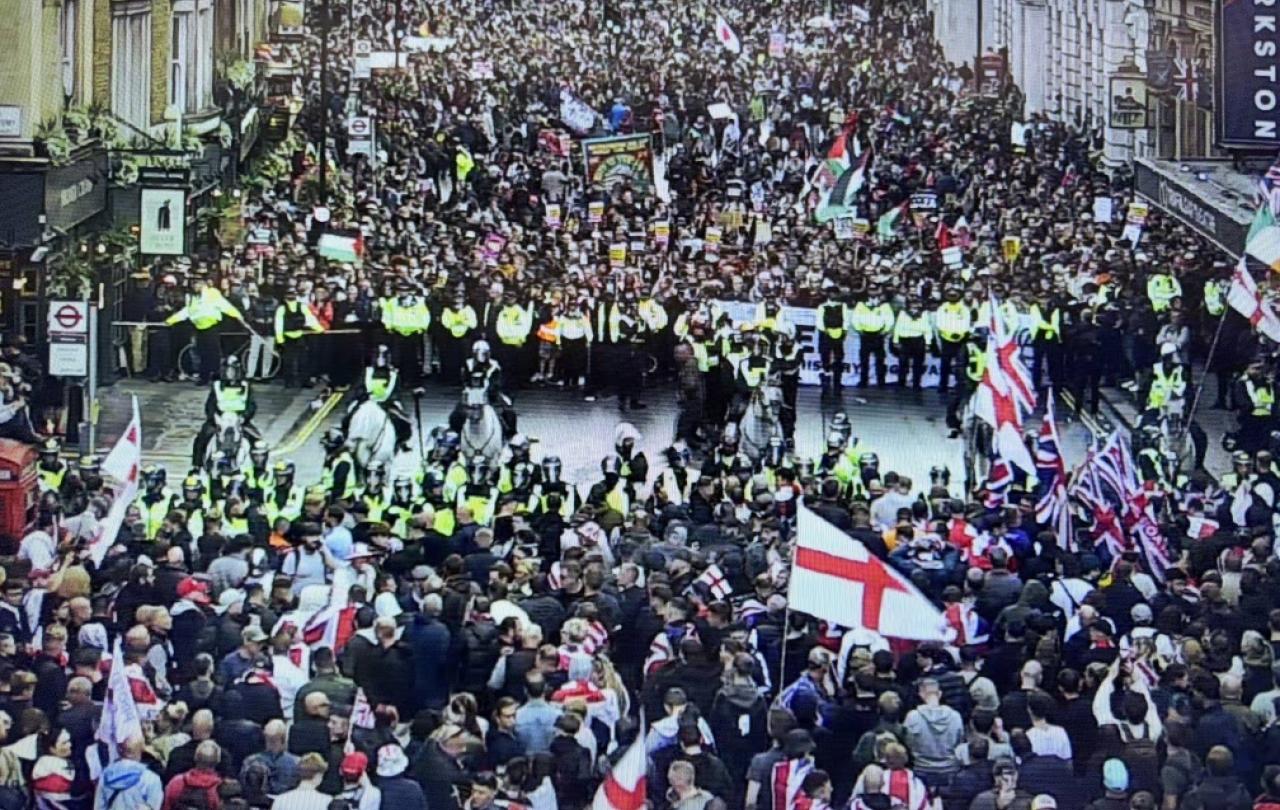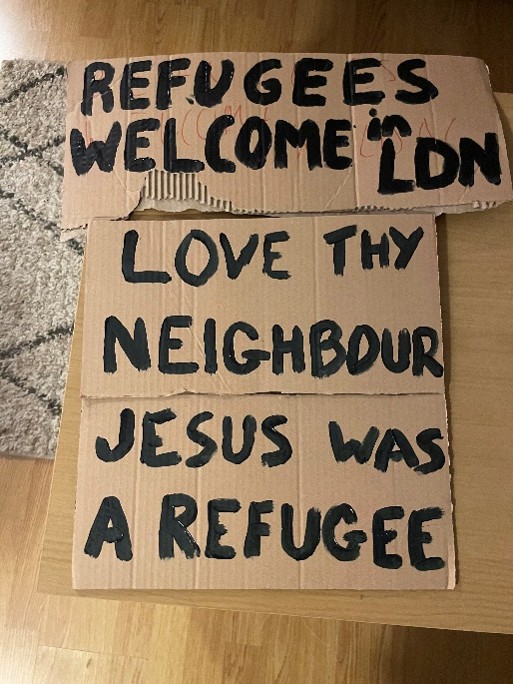Richard Dawkins sat in a tree,
Sawing every branch he could see,
As he sawed through the branch on which he sat,
He raged, "It's not fair that I should go splat!"
I am a recovering New Atheist. I was such a New Atheist that I have a claim to fame: I have given what-for to Anne Widdecombe and the Archbishop Emeritus of Abuja. I was there, as a spotty, greasy haired, angry teenager when Christopher Hitchens and Stephen Fry socked-it-to the Roman Catholics at an Intelligence Squared debate. The motion was ‘The Catholic Church is a Force for Good in the World’. The question I asked was so poorly formed that the moderator deemed it a comment.
I was a callow youth. Forgive me.
I am now not quite so young and not quite so spotty. Now that I am a man, I have put away childish things. I have abandoned atheism and embraced faith in Jesus Christ. I am a priest in the Church of England, fully in favour of the Ten Commandments and the moral framework of the Church. Clearly, I’ve been on a journey.
So, it seems, has Professor Richard Dawkins.
The author of The God Delusion, and scourge of many public Christian thinkers and apologists, has recently made some turbulent waves. Having surfed the tides of New Atheism, he now seems to be swimming against the current. He is a proud ‘cultural Christian’. In an interview on LBC he forcefully defended the Christian inheritance of this country:
“I do think that we are culturally a Christian country…I call myself a ‘cultural Christian’… I love hymns and Christmas carols…I feel at home in the Christian ethos… I find that I like to live in a culturally Christian country…”
Professor Dawkins went on to clarify (several times!) that he doesn’t believe a single word of Christian doctrine or the Bible. He was cheered by the continued decline in the numbers of believing Christians in this country. This wasn’t his Christianity. He argued that the distinction between a ‘believing Christian’ and a ‘cultural Christian’ is such that one can be both a very firm atheist and a ‘cultural Christian’. He doesn’t want people believing the Virgin Birth or the Resurrection of Jesus, but he does want us to keep our Cathedrals and beautiful parish churches. At first reading this could be seen as positive - an unlikely defender of the Christian faith coming to the rescue of a beleaguered Church.
It isn’t.
What the interview demonstrated was that Professor Dawkins doesn’t really understand the nature of belief or the nature of culture. If he did, he would understand a basic principle: culture doesn’t just magically appear and grow. Culture is formed and maintained from fundamental beliefs.
You can’t have the fruits without the roots.
Professor Dawkins likes church music. He likes the architecture of grand Cathedrals. He likes living in a society with a Western liberal ethic. All three of these fruits have grown from roots of the Christian tradition, and not just any Christian tradition. They have grown out of the BELIEVING Christian tradition.
Why on earth would people spend inordinate amounts of time and money building Cathedrals if they didn’t actually believe the worship of God was important? Why would musicians pour out the best of their creativity into sacred music if not for a love of Jesus? Why would they structure our society in a way that sees the care of the poor and oppressed as a fundamental necessity if they don’t take the Sermon on the Mount seriously?
People don’t die because they quite like a soft cultural inheritance - they die because they believe!
Professor Dawkins finds himself living in a world that has been so shaped and saturated by Christianity that even our secularism has been called ‘Christian’. He lives in a Christian house. He likes it. Now he thinks he can have it and keep it while seeking to undermine and destroy the very beliefs that are the foundation, the stones, the mortar.
He can’t.
You don’t get to demand that everyone build their house on sand, and then complain that it is collapsing…and he does worry that it is collapsing. Predictably, he opened the interview by discussing his qualms about Islam and how he wouldn’t want this country to change from being ‘culturally Christian’ to ‘culturally Muslim’: “Insofar as Christianity can be seen as a bulwark against Islam I think it’s a very good thing.” I find this invocation of my faith offensive - not just because I believe my faith is ‘the truth’ (not just a club for angry atheists to bash Muslims with), but because it is so stupid!
I use the word advisedly.
It is a comment from a man who can’t seem to understand cause-and-effect. People who don’t believe strongly in something don’t fight for it. Rejoicing in the collapse of Christian belief while expecting it to protect you from other religions is about as obtuse as an individual can get. The Church grew, and spread, and produced the hymns and cathedrals and ethics that Professor Dawkins loves so much, because of people’s firm belief in Jesus Christ as our Risen Saviour. People died to spread this faith - THIS CULTURE! As Tertullian said: “…the blood of martyrs is the seed of the Church.” People don’t die because they quite like a soft cultural inheritance - they die because they believe!
It was this realisation that led me to where I am now. I found that everything I cared about flowed from the Christian faith I rejected, so I rejected it no more. I wanted to continue enjoying the ‘fruits’ of my ‘cultural Christianity’, so I stopped hacking away at the ‘roots’ of ‘believing Christianity’. Professor Dawkins is seemingly wilfully blind to this fact: ‘believing Christian’s make it possible to have ‘cultural Christians’. Take away the belief and just watch what happens to the culture.
“I don’t was to be misunderstood. I do think it’s nonsense.”
As a believing Christian I respond: can we please have our culture back, then?






